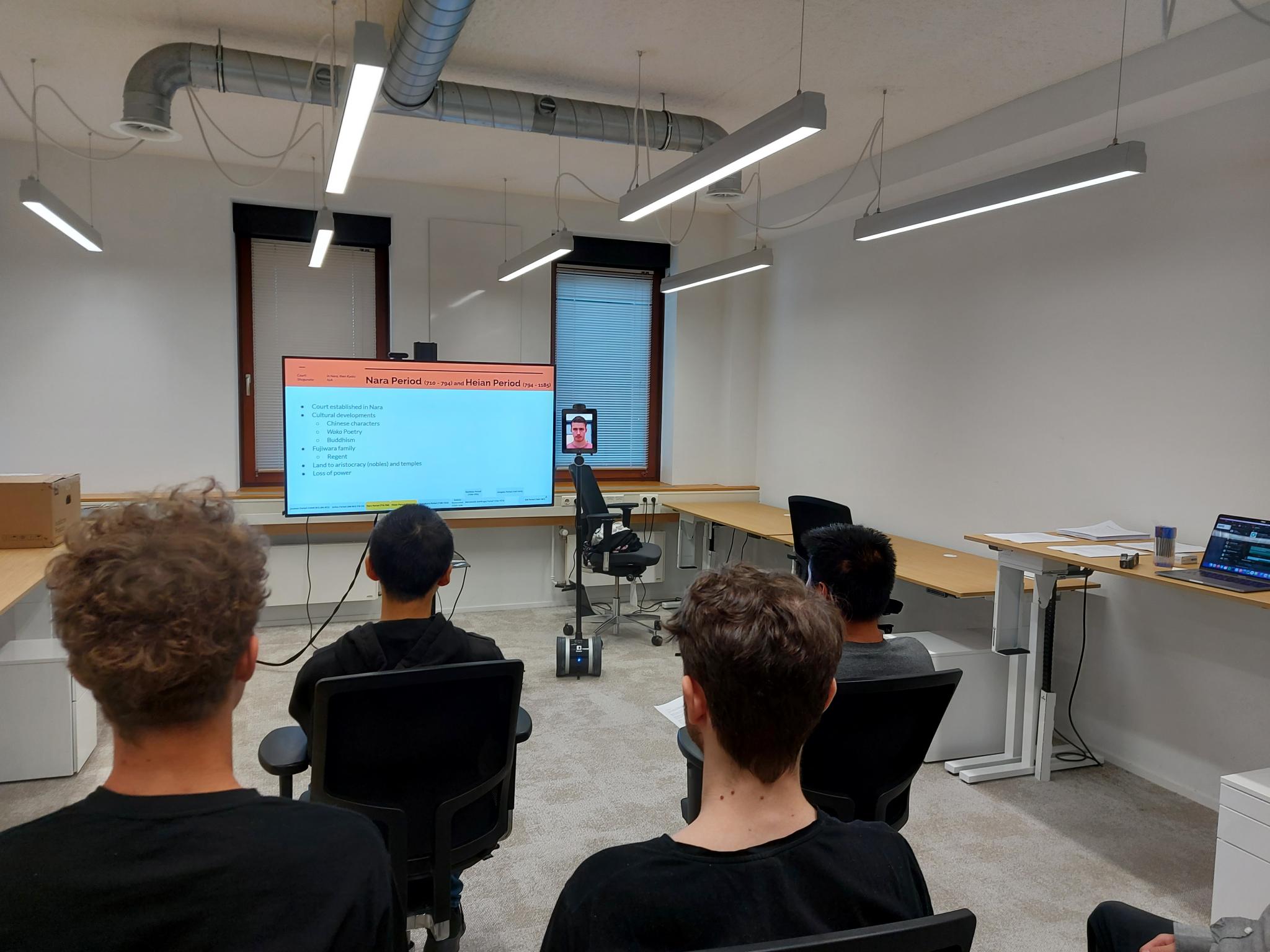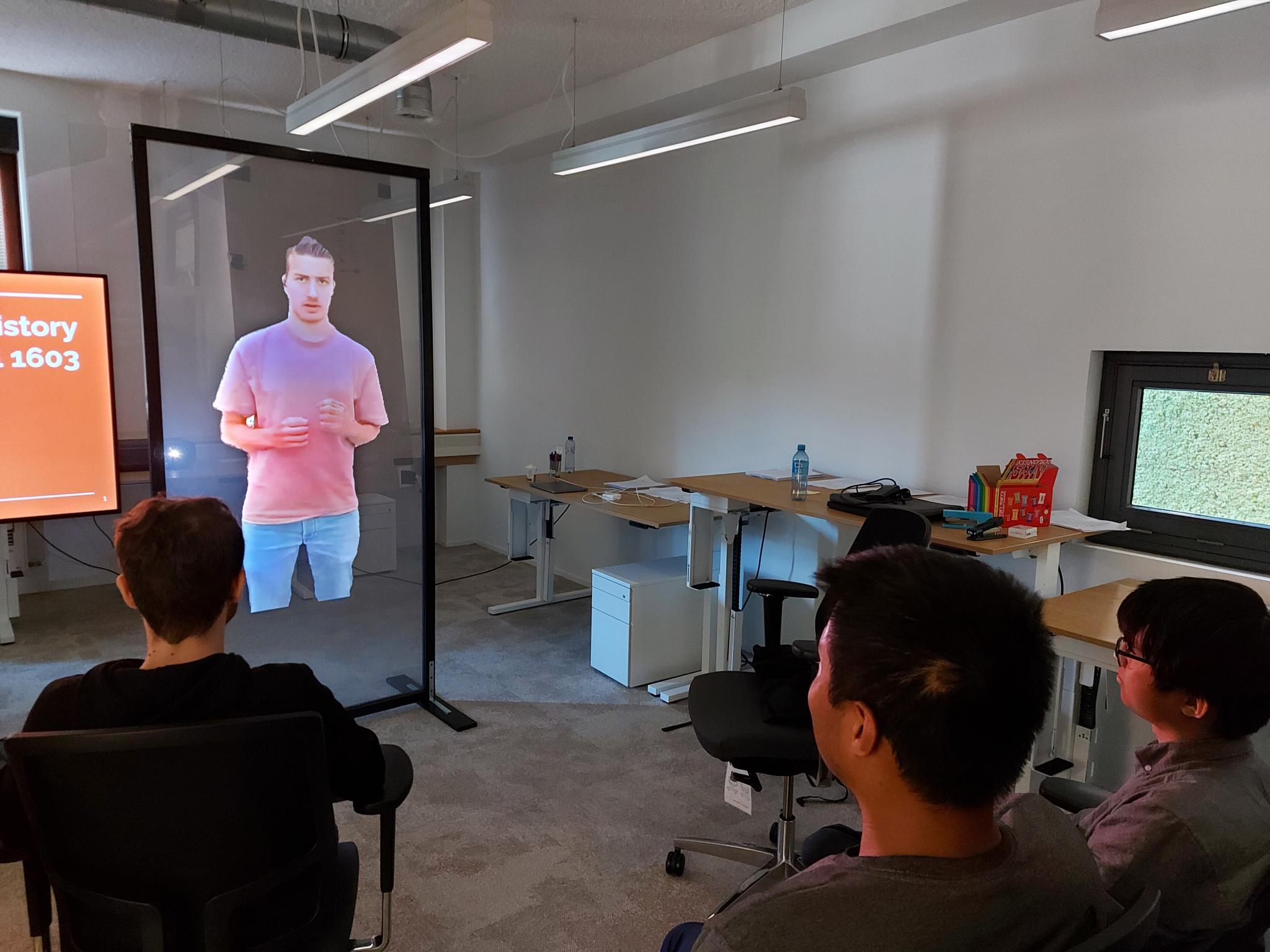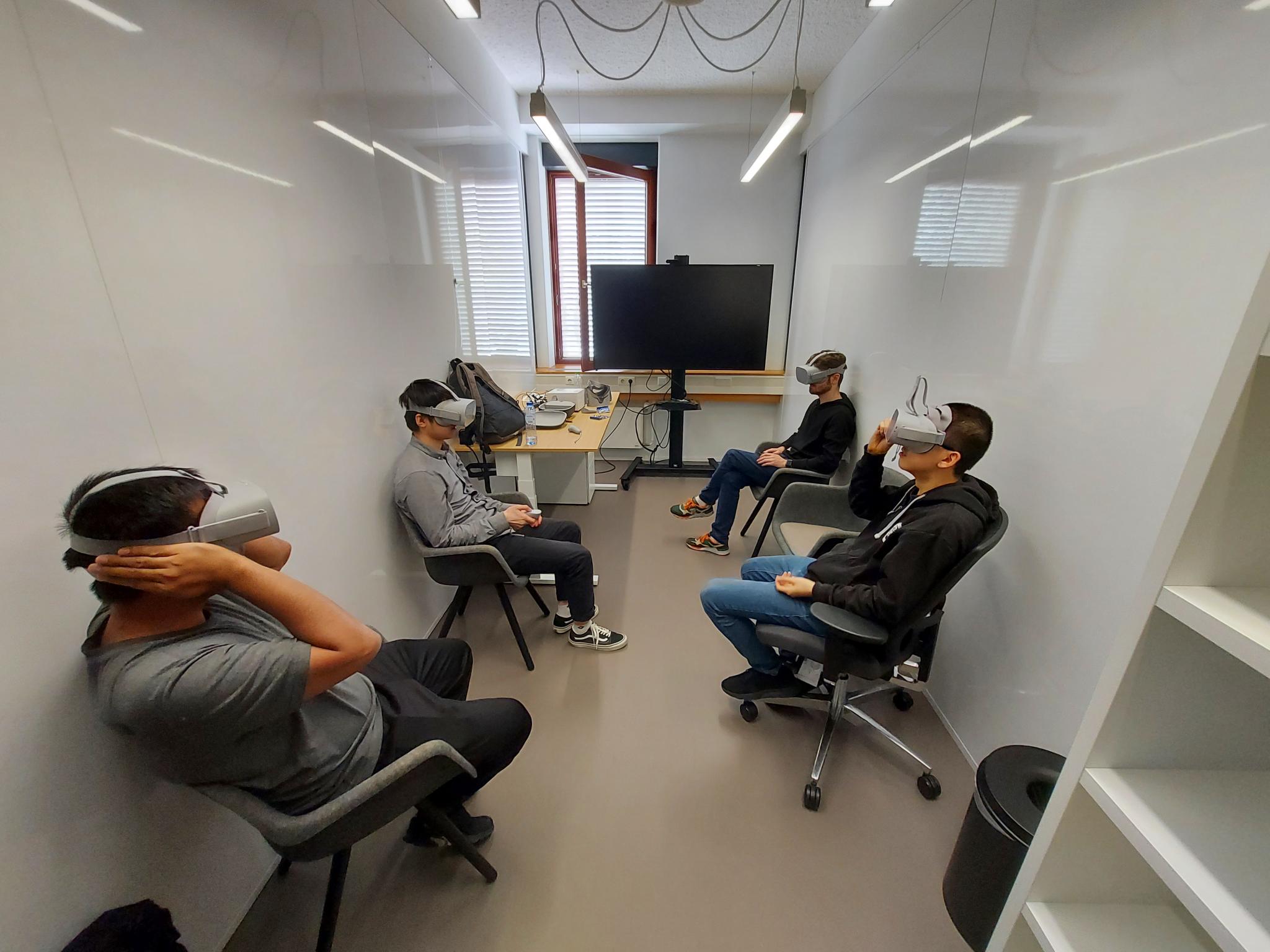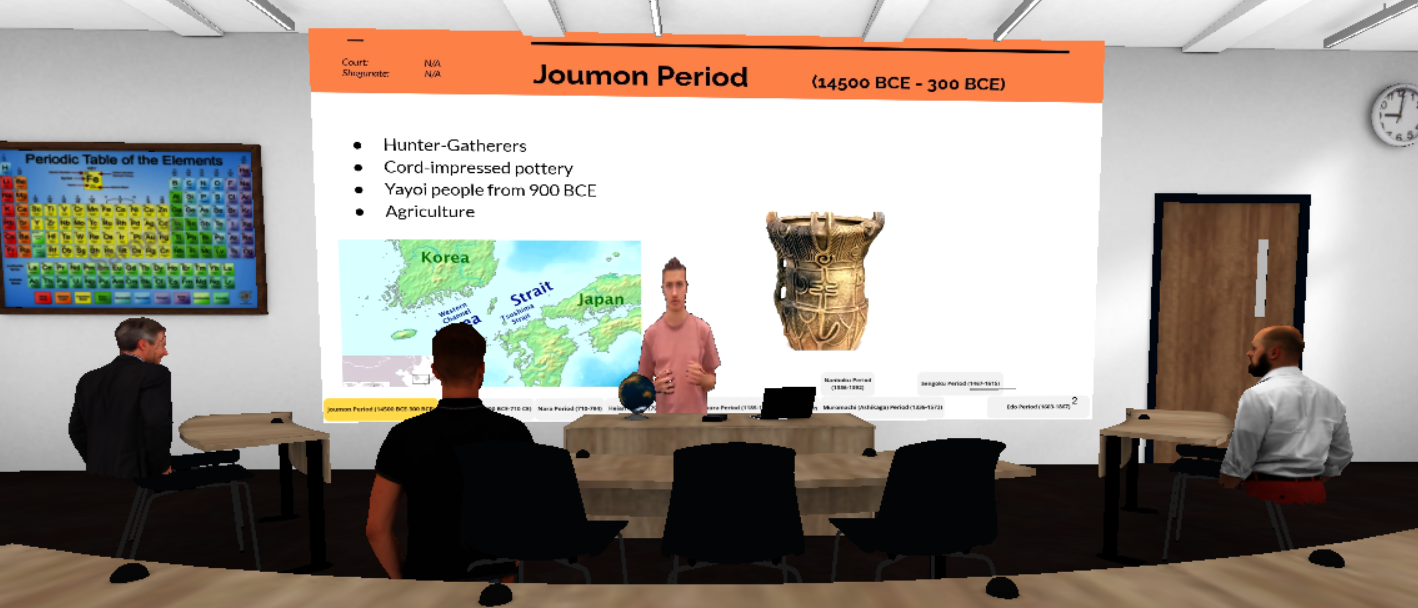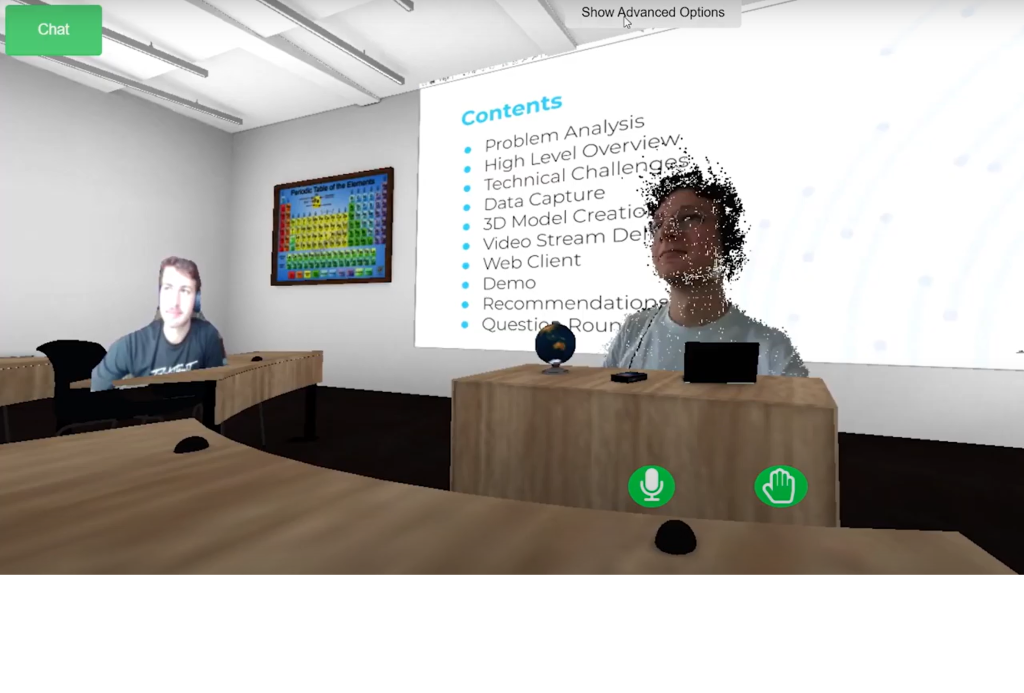The HoloLearn (Holographic Learning) project explores cutting-edge holographic technologies in the context of hybrid classrooms. The project emerged from the outcries of students against the isolating effects of online education during the COVID-19 pandemic. Since then, the project’s vision has evolved beyond the scope of online lectures to embrace, what we believe is the future of education, an accessible education facilitated by hybrid classrooms that are both synchronous and asynchronous.
About the project
A survey conducted by the TU Delft student council on student satisfaction and similar studies at other universities have shown that online education has a negative effect on student performance. The COVID-19 pandemic forced all educational activities to be distant and remote, however, remote online classes through conventional media such as skype, zoom or YouSeeU offer little in terms of nurturing presence for effective learning and teaching.
Such media, often, are limited in modalities and fail to create the dynamics of a physically co-located classroom.
Project approach
This project was initiated along with the student council of Tu Delft, which is why we intend to have students involved in every manner possible. A group of selected students directly contribute to the project as members of the project. However, we will also provide other students and teachers with sufficient opportunities to contribute to the project with their ideas and feedback by means of several events. The core team will install recording, playback and hosting infrastructures that will make the process of using holograms in classes at ease. Once the infrastructure is ready, the implications of holograms will be studied.
Objective and expected outcomes:
This project has two major use-cases:
- Co-located v/s distant teacher.
- Co-located student(s) v/s distributed student(s)
With these two use cases, HoloLearn intends to support true hybrid classrooms in which both the teacher and the students have the flexibility to attend the lecture with/ without being physically present in the classroom. Furthermore, the students should also have the flexibility to access the lecture at their leisure, without compromising on the learning experience. With the future in mind, the selection of technologies, design decisions, and research agendas have all been heavily influenced by this overarching objective of the project.
Partners
New Media Centre - TU Delft
Student Council - TU Delft
Results and learnings
The ongoing expedition in the project has led to the discovery of multiple predicted and unpredicted challenges. Truly hybrid classrooms are a multifaceted structure that is a result of a synergy between multiple supportive technologies, holograms being just one of them, and the actors, namely the human involvement. With our first preliminary pilot study (soon to be published), exploring the user experience of students with holograms, we discovered limitations of current technologies in delivering the expectations of students with the concept of holograms. Furthermore, these technologies while providing a unique experience, also came with challenges and limitations. Holographic technologies clearly play a vital role, however, we cannot overlook other aspects of this synergy, if we are to ever achieve a truly hybrid education in the future.
